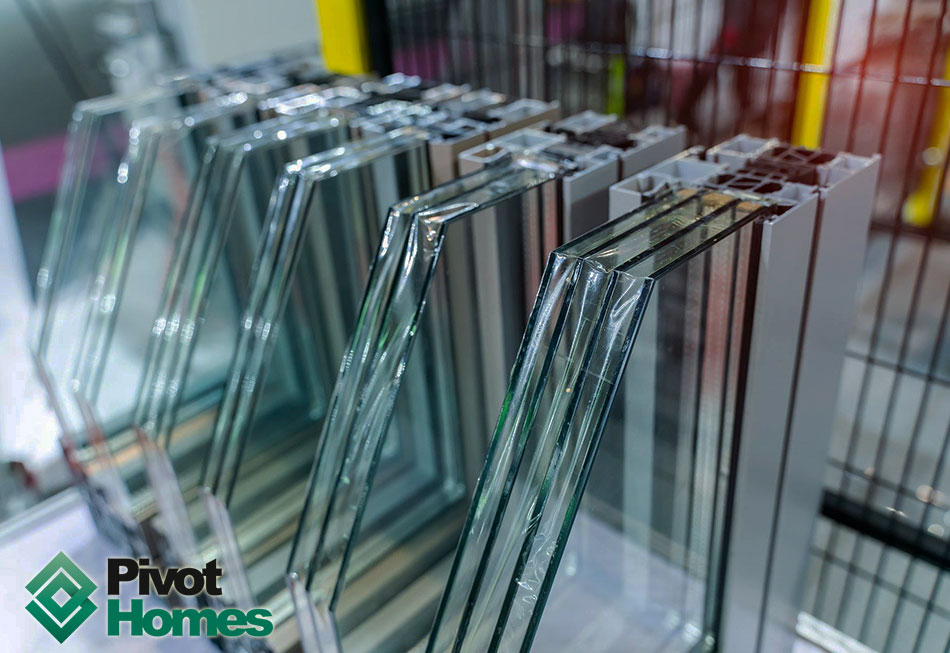All Categories
Featured
Table of Contents
Plastic Window Frames - Best Plastic Double Glazed ... in Churchlands WA
That window can transfer more solar heat in winter season than in summer season. A west-facing window on a summer's afternoon has an angle of incidence from near 0 approximately 30 with a big reliable location of solar radiation. A north-facing window, in summer season, has a high angle of incidence and a low effective area of solar radiation, so can transfer less heat than a west-facing one.

You can rapidly and quickly enhance the thermal efficiency of your home by changing your windows. There are thousands of types of glass and frames to select from.
Keeping Your House Cool In The Summer in Midvale Perth
Single glazing with clear glass is not extremely efficient when it comes to heat loss or gain. To improve efficiency, you can use single glazing with a more energy-efficient type of glass such as low emissivity (low-e) glass.
The energy efficiency of IGUs likewise depends on: the residential or commercial properties of each layer of glass. Different glass types (for example, clear and low-e glass) can be put together in an IGU.
What Are Double Glazed Windows? in Butler Perth

IGU cavities can be filled with air or a more inert, low-conductivity gas such as argon the width of the cavity. Broader cavities offer lower (much better) U worths, with 12mm typically accepted as the favored space how well the cavity is sealed.
If argon is set up to the cavity in location of air, moisture is reliably excluded the level of desiccant (drying representative). The spacer (metal or polymer strip) that separates the glass layers contains a desiccant to absorb any wetness. Inadequate desiccant might trigger wetness to condense on the glass surface in cold conditions, decreasing thermal performance.
Glazing in Queens Park Perth
IGUs can deliver much better energy performance for all climates, specifically in heated and air-conditioned homes. Cross-section detail of single, double and triple-glazing units Low emissivity glass (typically referred to as low-e glass) minimizes heat transfer. Low-e glass may be either high or low transmission: High transmission low-e glass has a finishing that enables daylight from the sun to pass into your house to accomplish excellent solar heat gain, however reduces the quantity of the long wavelength infrared heat that can escape back through the window.
Low-e glass has either a pyrolytic coating or a vacuum-deposited thin film metal covering. Pyrolytic finishings are long lasting and can be used for any glazing; vacuum-deposited coverings are soft and are just used within IGUs. Low-e finishes can substantially enhance both U worth and SHGC; nevertheless, they should be used correctly or they will either deteriorate or stop working to carry out as needed.
Single, Double Or Secondary Glazing, Which Is The Best ... in Joondanna Western Australia
Low-e finishes can be used in combination with clear, toned or reflective glass. Low-e coverings on glazing can minimize heat transfer where required Image: Department of Industry, Science, Energy and Resources Toned glass has colouring ingredients included during manufacture. It is available in various colours, typically bronze, grey, blue and green.
Table of Contents
Latest Posts
Triple Glazing Vs. Double Glazing: What Are The Differences? in North Beach Western Australia
What Are The Best Upvc Windows For Summer in Secret Harbour WA
Why Is Double Glazing So Important In Winter? in Yanchep WA
More
Latest Posts
Triple Glazing Vs. Double Glazing: What Are The Differences? in North Beach Western Australia
What Are The Best Upvc Windows For Summer in Secret Harbour WA
Why Is Double Glazing So Important In Winter? in Yanchep WA